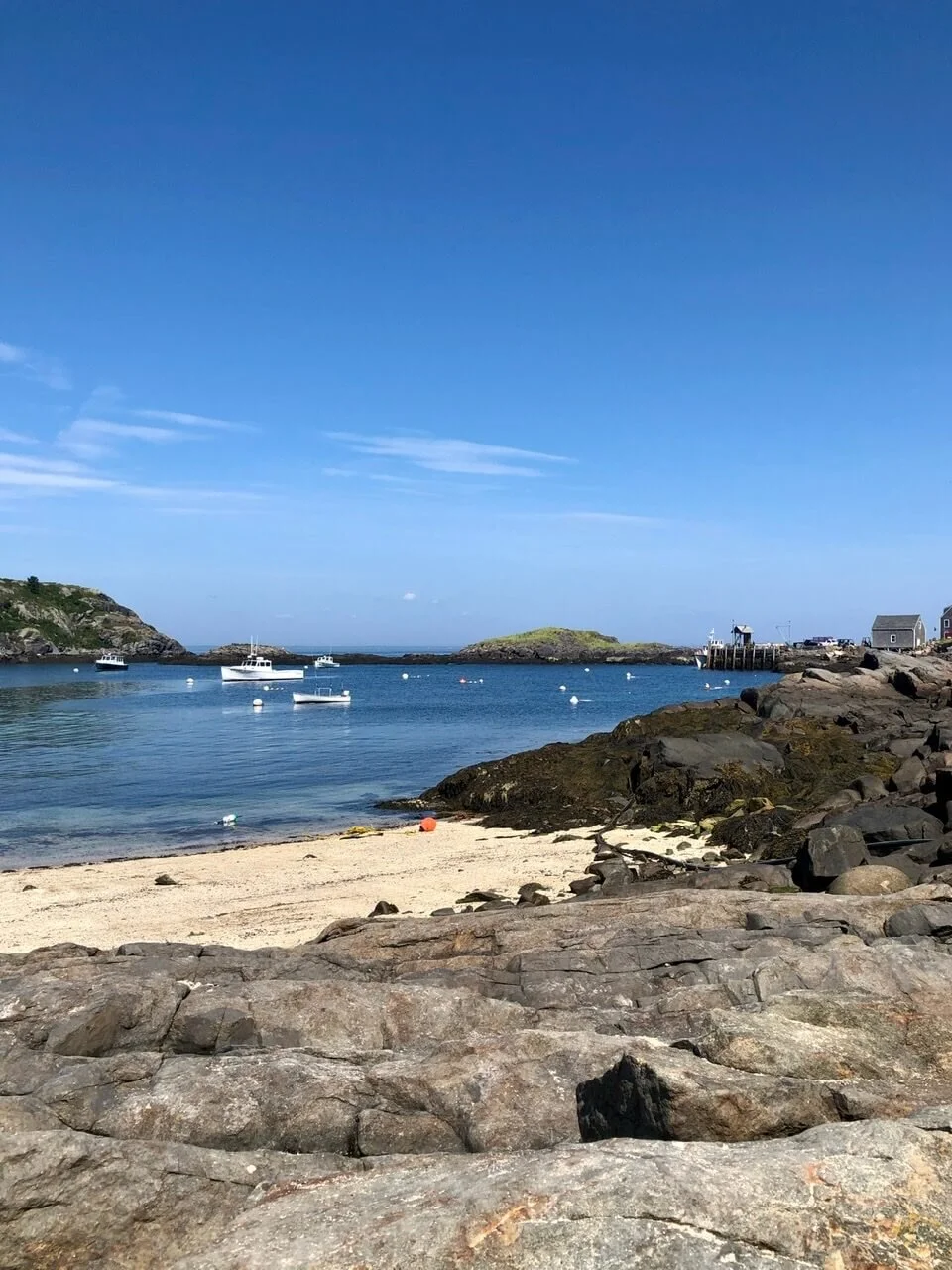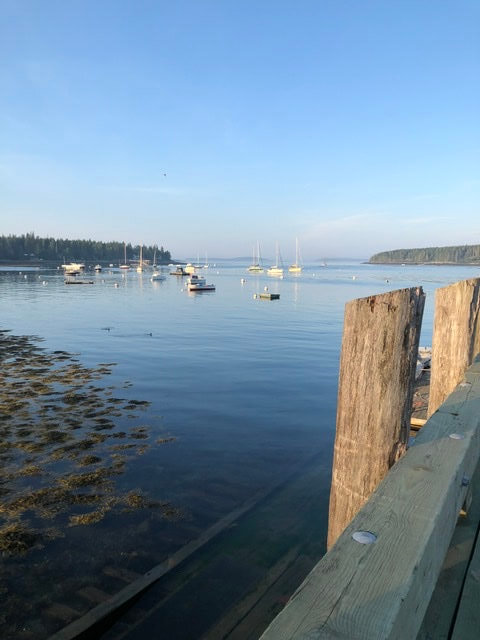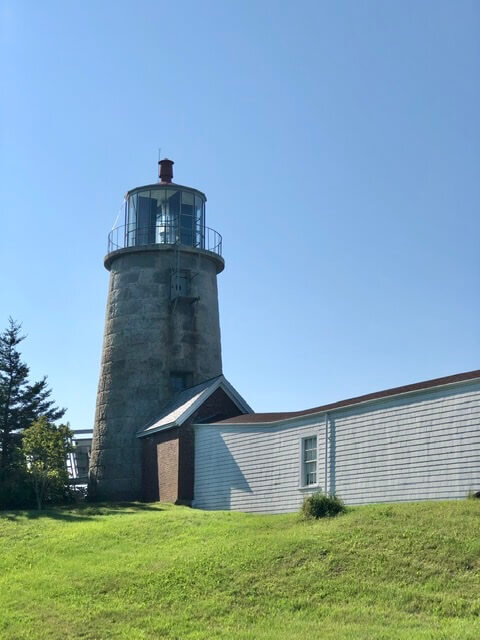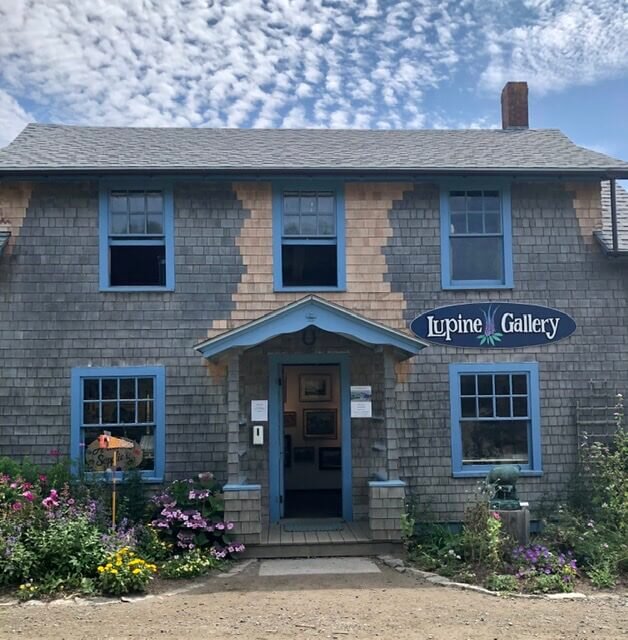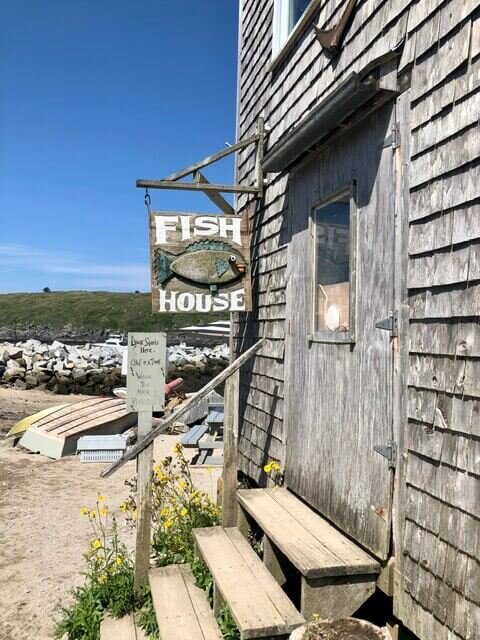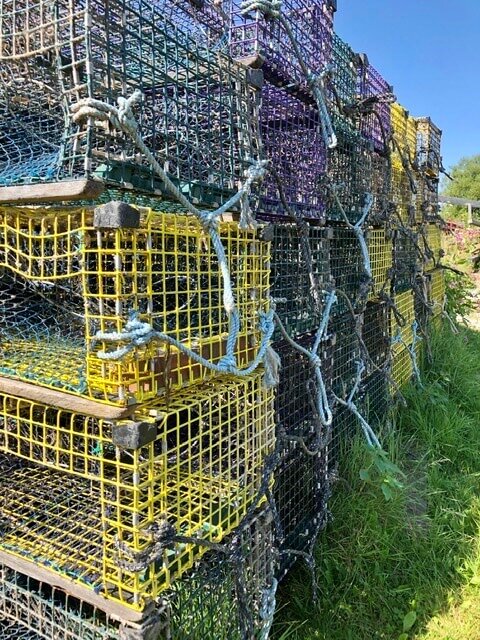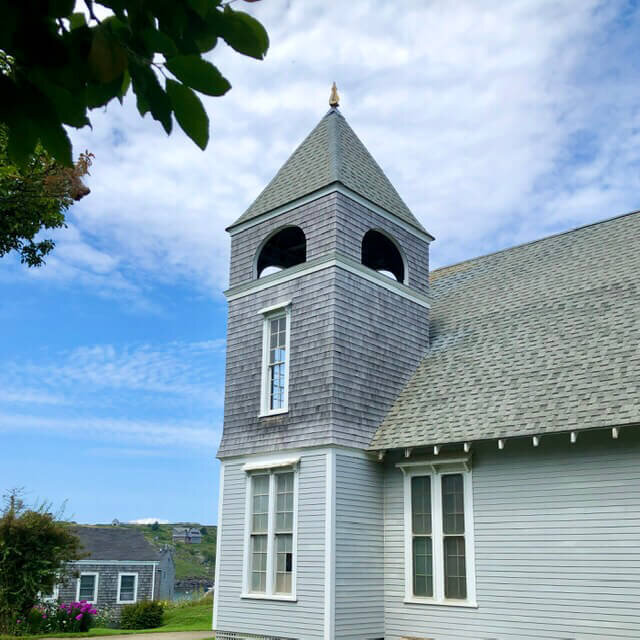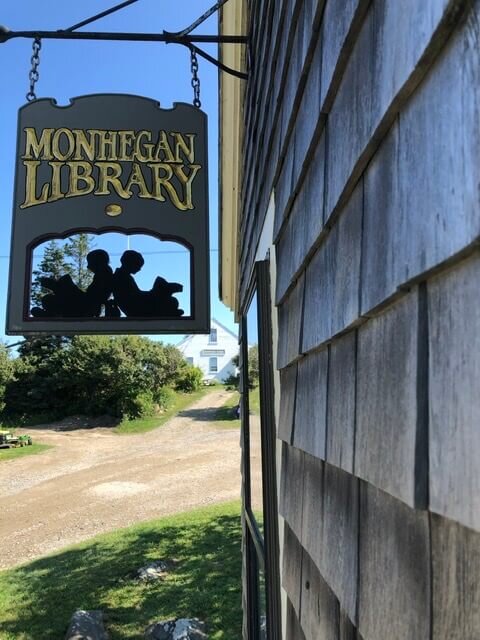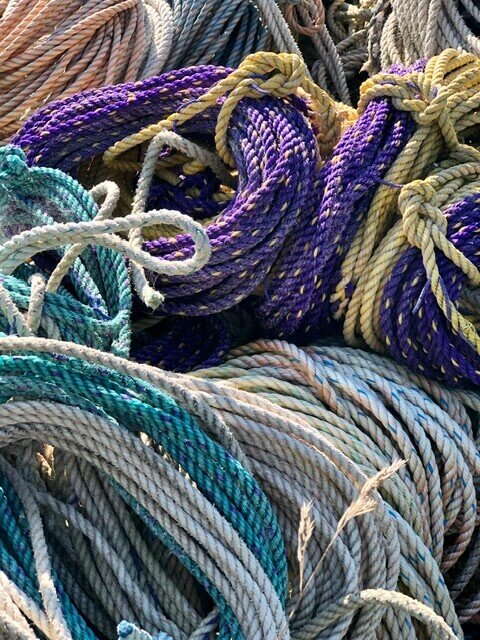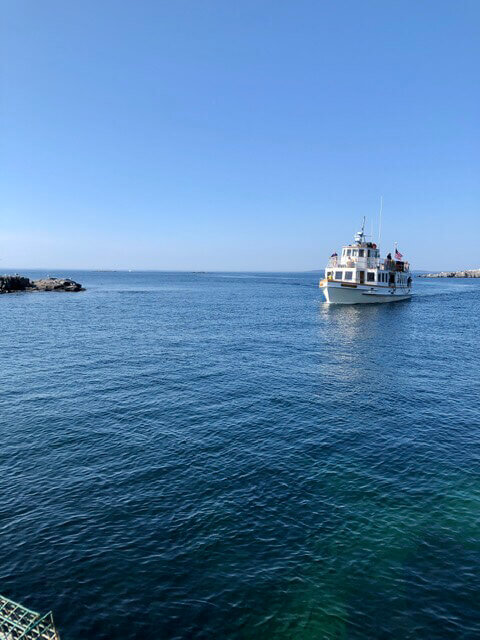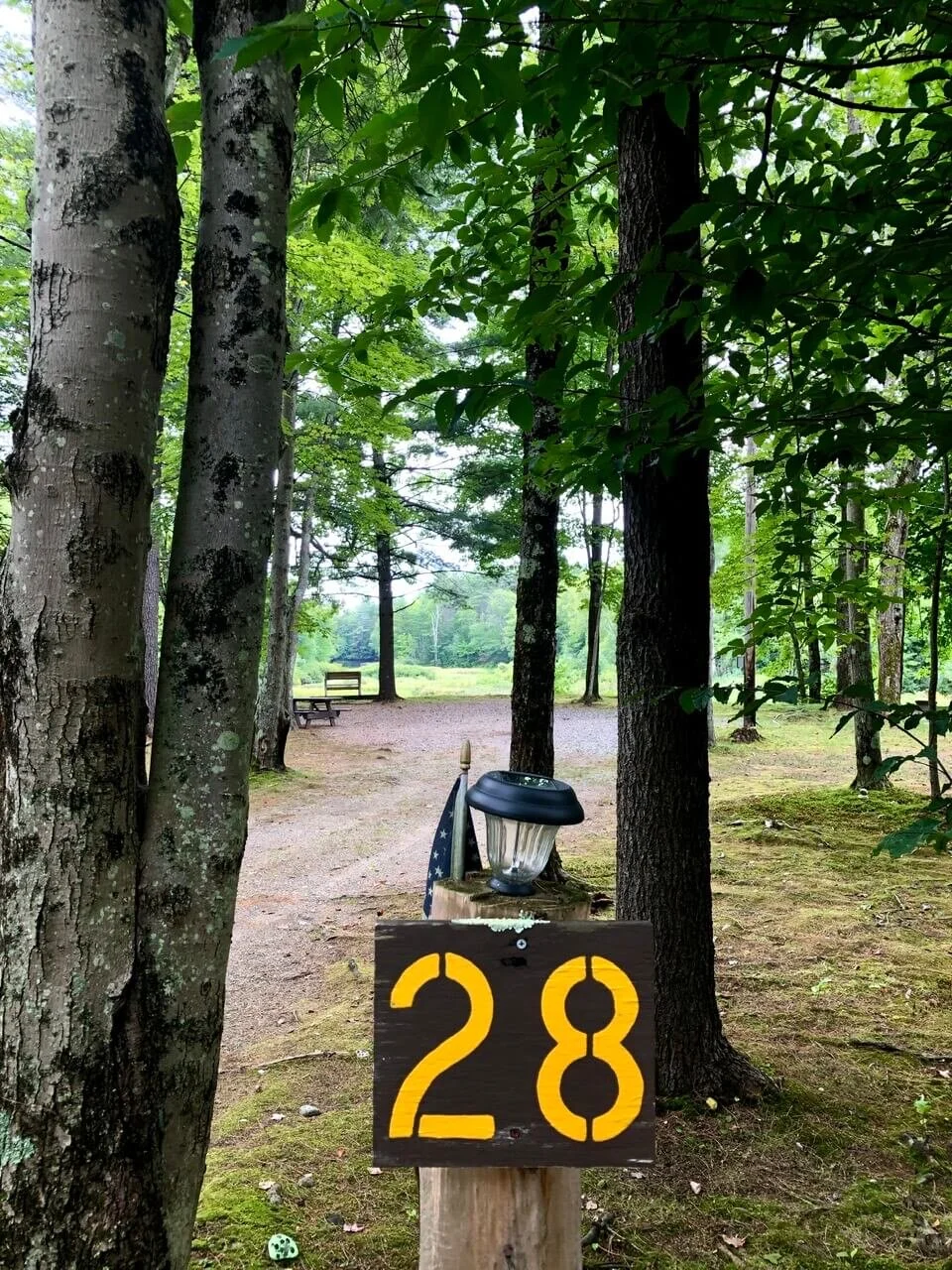A Visit to Monhegan Island
SPENDING THE DAY ON MONHEGAN ISLAND
To understand Monhegan Island you must experience it for yourself. It was one of the most unique visits I've had so far on this journey to every town in Maine. My goal in this particular feature is simply to prepare you to see Monhegan for yourself. I wasn't able to find all my questions answered in one resource as I planned my trip. Hopefully I can save you some research time by including all the answers I needed and telling you a bit about my experience. I’ll scatter some of these tips throughout the post and then include a larger list at the end, along with my biggest takeaway.
HISTORY OF MONHEGAN
Monhegan Island is about 10 miles off the coast of Maine. For centuries, folks have been making their way to it. The Wabanaki traveled to Monhegan for its fish long before the Europeans arrived. Captain John Smith landed there in 1614 and decided to make it his Gulf of Maine headquarters.
GETTING TO MONHEGAN
More than 400 years later, I headed out on my own trek to see this rocky beauty for myself. I chose a same-day return trip that would give me about eight hours on the island (there are four hour options, as well). There are ports in Boothbay Harbor, New Harbor, and Port Clyde that offer ferry service to Monhegan. I took the latter with the Monhegan Boat Line. The crew was not only friendly and professional, but seemed to genuinely enjoy their job. Going over, I rode on the Laura B boat. It has a capacity of 70 passengers. It might be small, but it has a big history. The vessel carried troops and supplies in the Pacific during World War II and came under fire in the process.
Port Clyde, Maine
With expectations of a peaceful crossing, we pulled away from Port Clyde in the Laura B at 7 a.m. The morning was calm, and the journey was a smooth one. Just over an hour later, after passing by countless lobster buoys and filling our lungs with salt air, we approached Monhegan Island. A large group of sea gulls lined up on a rocky ledge (which is curiously named Smutty Nose) and appeared to serve as the welcoming committee. With their unofficial greeting out of the way, we docked and disembarked.
For the rest of the day, our feet would be our only means of transportation. One of the many unique aspects of Monhegan is the fact that there are no cars. The island has a few pick-up trucks and golf carts (but no golf course). The dirt roads are narrow and winding. Here the vehicles, rather than the pedestrians, have the right of way so be sure to step aside for them.
LOOKING OVER MONHEGAN
Monhegan Island is about one square mile in size, but it isn't possible to explore every corner in a single day. The first item on my priority checklist was to head up to the lighthouse as that area provides a lovely view overlooking the homes and businesses that make up Monhegan.
I hadn't gone far before I faced an unexpected challenge. The weather conditions were similar to the mainland we had exited. Based on the information within the generic weather app on my phone, I had expected a high temp on the island of about 70 degrees. I was looking forward to escaping the heatwave back home. Much to my surprise (and dismay), no relief was to be found on Monhegan. I was very unprepared for the next eight hours. And so I learned my first lesson of this trip: always check a local forecast. The day turned out to be oppressively hot and humid and hindering.
While attempting to stay cool about the weather complication, I made my way up the lighthouse. Like most of the island, the path is at a significant incline. Thankfully I was successful in my choice of footwear for the adventure. You will want to pack sneakers or good hiking sandals for your trip. Leave the flip flops at home. Most of the terrain is rugged and rocky.
The way to the lighthouse was steep, but only took a few minutes to cover. The view does not disappoint. A few benches are nicely placed throughout the area. Even if you're not tired, you'll want to sit and take in the scene for a while. Most of the buildings are similar in color with gray, weathered shingles and white trim. A couple of homes with brighter colors stand out.
What is perhaps most striking from this vantage point is Manana Island. It makes Monhegan look like a bustling city in comparison. Manana is currently uninhabited, but was the former home of Ray Phillips, a well-known "hermit." In 1930, he left city life behind in the Big Apple, took up residence on Manana, and lived out the remaining 45 years of his life there.
Surrounding and stretching far beyond Manana and Monhegan is the beautiful Atlantic Ocean. The sky and water seem to melt into each other on the horizon. The sounds of boats and sea birds fill the air. It was a picture-perfect morning.
Overlooking Monhegan Island with Manana Island in the background
If you can pull yourself away from this view, you'll find the lighthouse and former lighthouse keeper's home directly behind you. The lighthouse was built in 1824. The house is now the site of the Monhegan Museum of Art & History.
Note that if you arrive on the early morning ferry, most of the places don't open until later in the day (like the museum) so it's best to plan your hiking during these hours. There are plenty of options in that category.
ANOTHER EDISON'S BRIGHT IDEA
Most of the hikes available to you are due in large part to the efforts of Thomas Edison's son. Ted Edison spent his childhood summers on Monhegan. As an adult, he grew concerned about the possibility of development taking over the island. He had his own mental "lightbulb" moment which resulted in the formation of the Monhegan Associates in 1954. This land trust now protects over 300 acres.
Despite the island’s small size, miles of trails can be found through the woods and along the cliff edges. The Monhegan Associates makes an inexpensive map available for purchase; it includes the entire island and all the trails, along with details as to each one’s degree of difficulty. I was able to pick one up at the Monhegan Boat Line before the trip, but also saw them offered on the island.
MAIN STREET MONHEGAN
Once they open, there are numerous art galleries, shops, and eating establishments to explore in the developed section of the town. Along this main stretch, you'll find the community bulletin board with a variety of announcements, menus, and event details.
WHAT MONHEGAN ISN'T
Certainly Monhegan is one of the most unusual places to visit in the state of Maine. Every few hours, a ferry arrives. A new wave of visitors appear, and others depart. Maps in hand and backpacks strapped on, it is very obvious that most folks are tourists from near and far away.
It is easy to start thinking of Monhegan Island as if it was a state or national park (like Acadia). It isn't. While tourism is part of its industry, Monhegan is home to nearly seventy individuals who live on Monhegan Island year-round, along with additional summer residents.
In light of that, it is good to keep in mind that you're at someone else's place. Imagine how you would feel if tourists pulled up in front of your house and decided to picnic on your lawn. It sometimes isn't obvious on Monhegan which places are public spaces and which are private residences, but being thoughtful will go a long way.
There are reminders of the daily life aspect of Monhegan all around. You will find a general store, a school, a library, a church, and a post office to name a few. The residents are fishermen and artists and business owners who are rooted in this rugged spot. It is not a place that just anyone could live, especially as winter rolls in. I have so much respect for these individuals.
THINGS TO KNOW TO PLAN YOUR MONHEGAN TRIP
Monhegan has a number of unique factors that require some thought ahead of time. Here are a few of them:
Most places won't accept credit cards for amounts less than ten dollars so bring cash for smaller purchases and donations.
It is sensible to use the restrooms on the ferry as the facilities on the island are limited. All day I saw folks struggling to locate those on the island so I will include some extra detail here. Look for the "NOVELTY" sign up the road behind the Monhegan House. Perhaps it should be pointed out that the word “novelty” has nothing to do with the restrooms, but rather is the name of the restaurant in the building (if you're looking for an ice cream cone, the side window here is the place to order one). The restrooms are along the far side of this building. There is a slot inside each stall for leaving a monetary donation to support those who make the facilities available. You will not find a sink, but there is a dispenser with hand sanitizer. Water is one of the scarce resources on Monhegan.
Another scarce resource is electricity. It is very expensive and, therefore, conserved wherever and whenever possible. If you are a day visitor, there is no place to charge your phone. If you stay over, you will not find fans, air conditioners, or hair dryers in your room. Pack your flashlight because there are no street lights. Be a thoughtful and considerate guest by using no more electricity than you absolutely need.
There are no public trashcans. Plan to take your trash off the island with you, but leave behind anything that naturally belongs in Monhegan. If you want a souvenir, select one from a shop, not the forest.
There is no camping on Monhegan.
Bring bug repellent. The insects might be blown away right along the edge of the island, but there are many wooded areas where they are waiting to snack on you.
You can bring your dog, but it needs to stay on a leash.
Be aware that your cell phone may not have coverage. I could connect when I was up near the lighthouse, but not on the rest of the island. If you are staying over, check with your host establishment to see if they offer internet, if this is something you need.
Related to the above, the accommodations on Monhegan Island are in many ways unlike what you will find elsewhere. You can find a list of them here. Carefully read the details on their website to understand what is and is not offered. Call before booking your reservation to get any additional clarification needed. Don't make any assumptions.
If you are only visiting for the day, please learn from my mistake of not planning for the weather conditions. There are very few places to sit in the shade. If you happen to arrive on a sweltering day, as I did, you could get a bit too much sun. I just might have been mistaken as a lobster the following day, and judging by the looks of the others on the return ferry, I wasn't the only one.
HOW I’LL REMEMBER MONHEGAN
My return trip to Port Clyde was with the larger "Elizabeth Ann" boat (my namesake except she's missing that important "E" in her middle name). This vessel can carry twice as many passenger and gets you to your destination 20 minutes faster than the Laura B.
As we pulled away, I was deep in thought. The year-round residents of Monhegan Island embody all the traits we expect in a Mainer: hard-working and resourceful; independent, yet contributing to the community. Yes, Monhegan has charm and beauty, but when I think back on this visit, I will remember those who choose the island in all four seasons, even winter.
Much respect, Monhegan.
If you are new to my journey, welcome. It’s easy to stay updated on this adventure as I attempt to visit every town in the state of Maine. Drop your email in the newsletter sign-up box at the bottom of this page. The list of completed features can be found on the INDEX PAGE.
